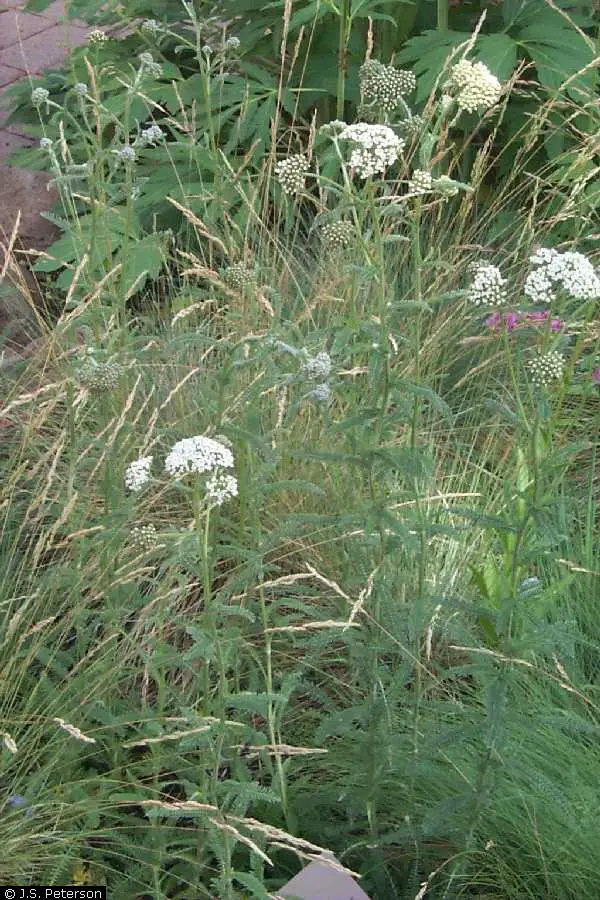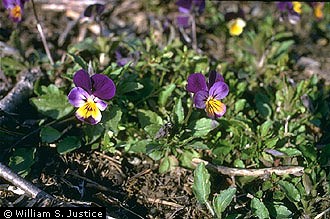Yarrow
(Achillea millefolium)
Yarrow is a perennial herb that grows up to one meter tall or about three feet tall, having an angular, rough stem and has hairy leaves with an almost feathery type of appearance.
The flowers are daisy-like in appearance and can be varied in color from white, lavender and yellow.
Knights Milfoil; Old Man’s Pepper; Soldier’s Woundwort; Nose Bleed and Carpenter’s Weed are some of the names it is known by give clues to yarrow’s medicinal use. Yarrow has been used by everyone from the medicine men in American, to the healers of ancient Europe and Briton.

The common yarrow plant has been in use for centuries
Back in those days, it was not only medicinal, it was also a quite popular source of food in the seventeenth century, with the young leaves cooked like fresh spinach or in soup.
The yarrow has been uses for thousands of years as a part of a Middle Age recipe for beer and also to stop bleeding.
The Crusaders used it as a charm against blindness, barking dogs and for magic. Yarrow is said to have grown at Confucius’ grave and is used in Chinese divination, as well as being considered lucky in China.
The yarrow plant is undemanding and a good plant for areas stricken with drought, as it thrives in poor soil. It is susceptible to mildew in wet areas. It is thought to help other plants both by being planted nearby and the use of the leaves in compost.
Yarrow has great astringent effects being used to stop bleeding and in certain cases promote it. The most active part of the plant is the flowering tops which are infused to help bruising, piles and to help fight colds and the flu by helping the circulatory, urinary and digesting systems. The flowers are also helpful in treatment of respiratory and allergy problems.
Several North American tribes use yarrow medicinally including the Navaho; Pawnee; Chippewa and Cherokee. Yarrow pollen has been found in the forty thousand old Neanderthal tombs. Yarrow is also used as a substitute for quinine and snuff.



